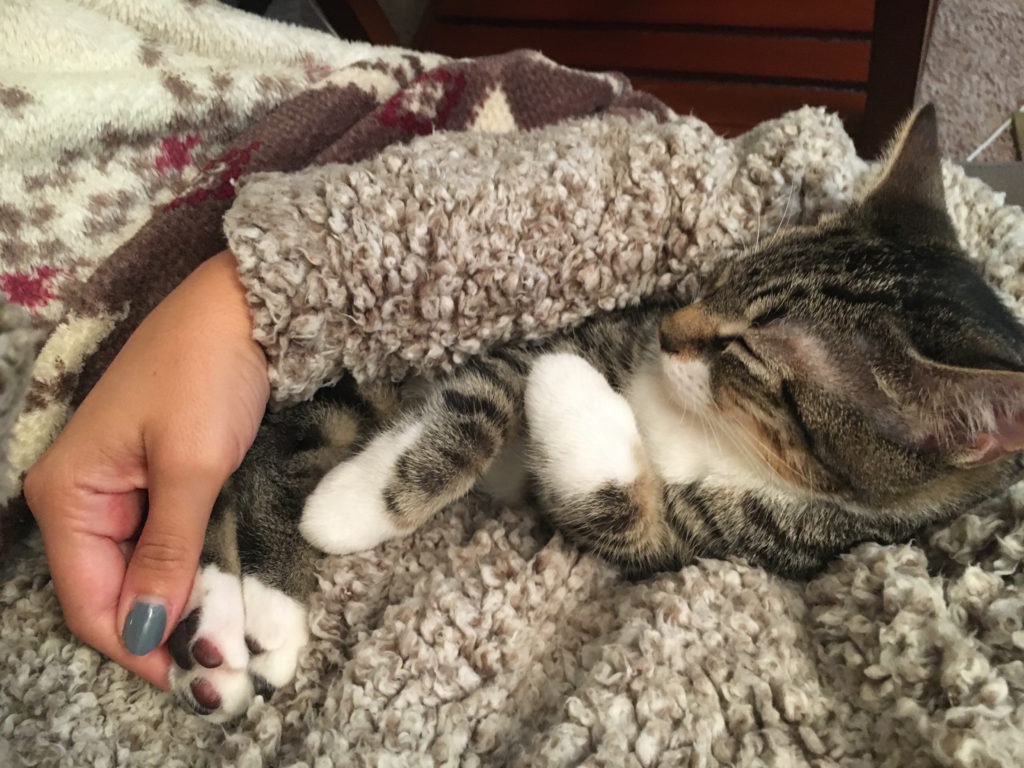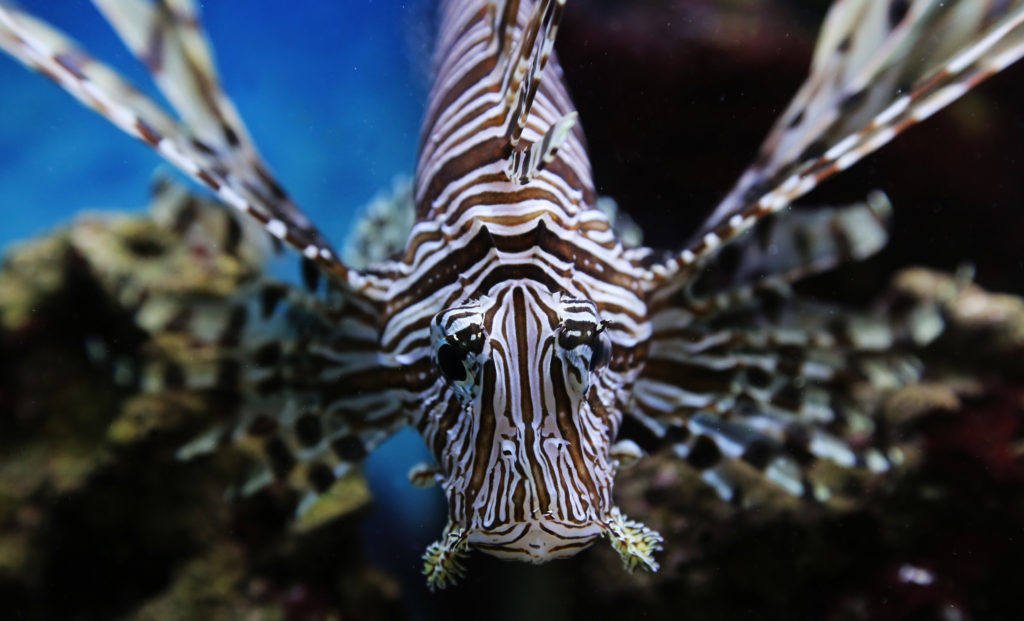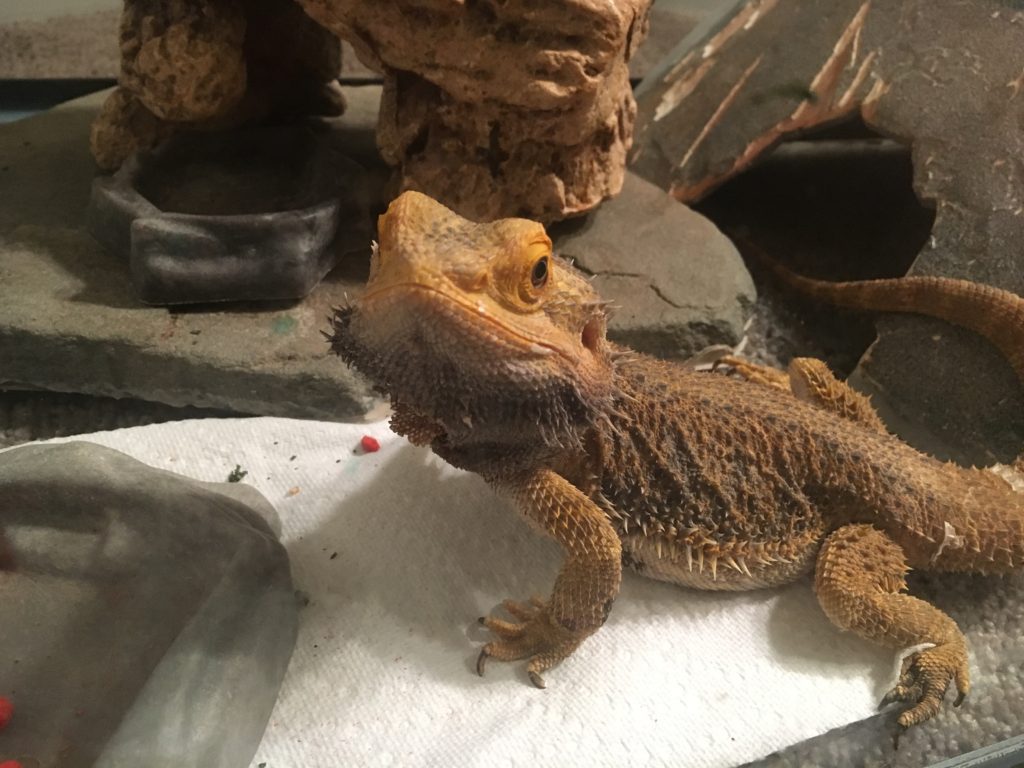
I love my pets. Growing up, I always had animals: fish, hamsters, hermit crabs, and even rats (my mom was particularly happy when those were out of the house). The current menagerie includes two cats, two fish, a bearded dragon, and a horse, and two fish.
Pets provide us joy (how many cat videos have you watched today?) and can even help us live longer. And they’re popular: 63% of American households have pets, resulting in more than 360 million pets in the United States alone. Consequently, pets and pet products account for over $40 billion in spending in the United States every year.
If you’re pet-obsessed (like me!), that probably doesn’t come as a surprise. But what might surprise you is that pets can pose a massive threat to our native ecosystems.
Even when people buy animals with the best intentions, a lot of things can change throughout the course of pet ownership. Maybe they realize their hubby is allergic to cats, or that teeny baby turtle outgrew his aquarium. Regardless of the reason, many pet owners will ultimately face a difficult decision: what do you do with a pet you can no longer care for?
Releasing pets into the wild may be considered a “humane” response by unknowing owners (thanks a lot Finding Nemo), but this is problematic for a number of reasons. First, a significant change in environment will likely be stressful for the pet and could lead to death. Second, they might be carrying diseases or pathogens that could spread to native wildlife, which is why even seemingly innocuous actions like flushing a dead fish could be dangerous. Lastly, in the right climate, released pets could establish breeding populations and become invasive.

This is more common than you might think. Here are a few examples of released pets becoming invasive pests in the United States:
- Lionfish: Originally from the Indo-Pacific, these venomous fish are wreaking havoc on native fish populations in the Western Atlantic, Caribbean, and Gulf of Mexico. Considered the “Hoover vacuums of the sea”, lionfish will eat anything up to half their size. Despite being highly invasive, they are still a popular aquarium fish are are sold in the United States.
- Cats: Your cuddly kittens have a deadly side. Domestic outdoor and feral cats kill a median of 2.4 billion birds and 12.3 billion mammals every year, leading cats to be considered one of the largest human-linked threats to wildlife in the country.
- Giant African Land Snail: These massive mollusks are one of the world’s largest snails and consume more than 500 types of plants. To top it off, they can damage plaster and stucco structures and can carry a parasitic nematode that causes meningitis in humans.
- Burmese python: Reaching up to 23 ft in length, Burmese pythons are some of the largest snakes in the world. Now an invasive species established throughout South Florida, Burmese pythons pose a serious risk to native wildlife and domestic pets. More than 2,000 pythons have been removed from the Everglades National Park since 2002, a figure that likely represents a small fraction of the population.
And the list goes on (check out this site if you want to read more). Thankfully, there are definitive steps that we can take as pet owners to make sure we aren’t contributing to this massive problem.
- First and foremost: never, ever release your pets into the wild.
- Keep your pet in appropriate housing to minimize chances of escaping.
- Properly dispose of materials in your pet’s habitat, including bedding, tank water, terrarium plants, and anything that might carry pathogens or “hitchhikers” from your pet.
- Never release live pet food like crickets or feeder fish. Always make sure these animals are kept in secure containers so they cannot escape.
- Thoroughly do your research before buying a pet. Ask how care will change as the pet gets older to make sure you’re equipped to take care of the animal throughout its lifetime.
- Ask your pet store about their return policy — some stores will take animals back past the normal 30 day return period.
Invasive species are a massive threat to ecosystems and economies worldwide, costing $120 billion in damages each year in the United States alone. We all need to do our part to prevent the next big species invasion by practicing responsible pet ownership.
The environment (and your pets!) will thank you.

Peer edited by James Custer.
Follow us on social media and never miss an article: